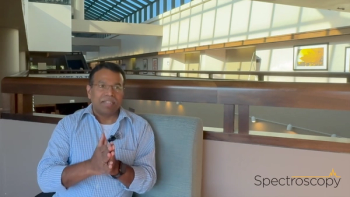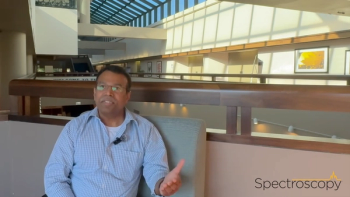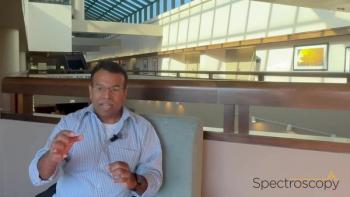
Drouét Warren Vidrine Wins Williams-Wright Award
Drouét Warren Vidrine, of Vidrine Consulting, received the 2016 Williams-Wright Award from the Coblentz Society on March 9 at Pittcon 2016.
Drouét Warren Vidrine, of Vidrine Consulting, received the 2016 Williams-Wright Award from the Coblentz Society on March 9 at Pittcon 2016 in Atlanta, Georgia. The award recognizes his significant contributions in both instrument and application innovations, particularly those that have helped Fourier transform–infrared spectroscopy (FT-IR) mature from a fragile laboratory technique to a ubiquitous industrial tool.
Vidrine received his PhD in physical chemistry from the University of South Carolina (Columbia, South Carolina). Among his accomplishments, Vidrine is responsible for the first flowcell LC–FT-IR accessory and the first patented SFC–FT-IR flowcell. He invented double-modulated FT-IR (with L. Nafie), and he invented the rigid silicon far-IR beamsplitter. He was the project manager for the development of the diamond-20 FT-IR analyzer (with D. Calhoun), and he invented a 3D structure for refractively scanned FT-IR (with Ponce).
Vidrine has been issued 12 patents, has been published in more than 50 reviewed journals, and has made 475 technical presentations.
Newsletter
Get essential updates on the latest spectroscopy technologies, regulatory standards, and best practices—subscribe today to Spectroscopy.





